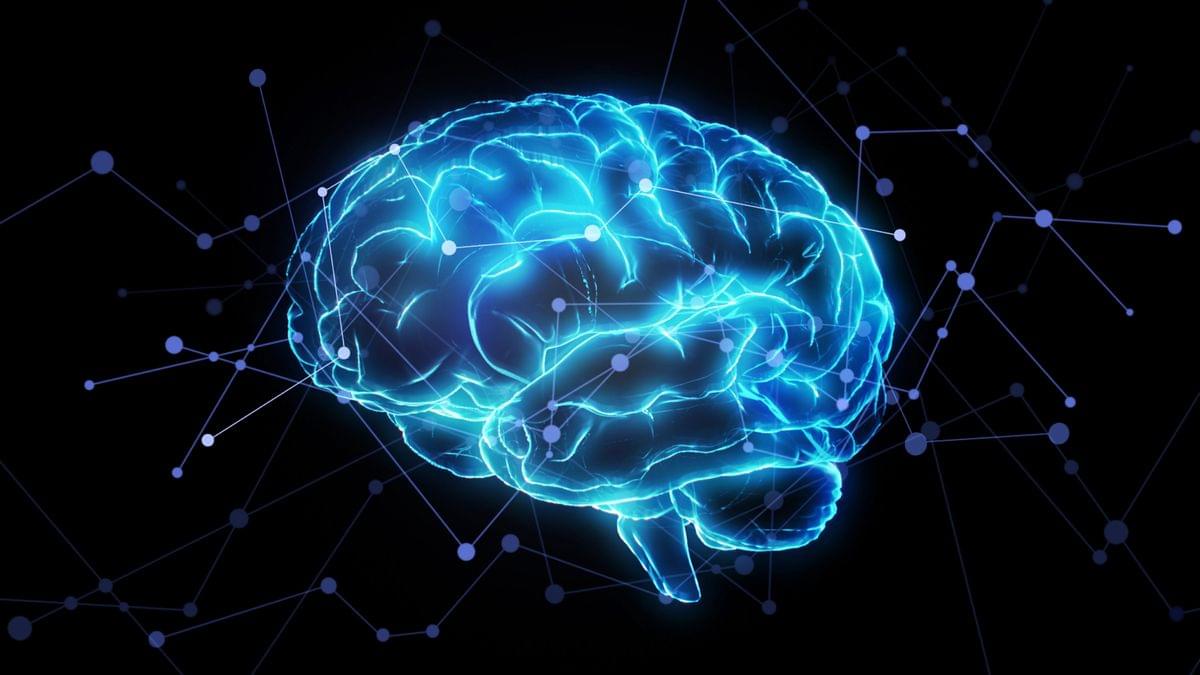“Hans A. Bethe, who discovered the violent reactions behind sunlight helped devise the atom bomb and eventually cried out against the military excesses of the cold war, died late Sunday. He was 98, among the last of the giants who inaugurated the nuclear age.” William J. Broad, New York Times, March 8, 2005.
Remembering Hans Bethe makes available a collection of more than five and one half hours of videos of one of the legendary figures of physics of the past century. He interprets the transcripts of secretly recorded conversations of interned German atomic scientists when they first heard of the use of the atomic bomb. Hans Bethe (pronounced BAY-tah) and Robert Wilson, a co-participant in the Manhattan Project discuss the development of the bomb. In 1993 he and friend, Victor Weisskopf, fondly reminisce about their early years as immigrants to upstate New York. Kurt Gottfried, Physics Department Chair, moderates these discussions. In 1994 Bethe describes the Manhattan Project for Cornell students, after being introduced by Carl Sagan, and entertains their questions.
This ‘…unpretentious man of uncommon gifts’, as the New York Times described him, received the Nobel Prize in Physics in 1967 for his work explaining how stars shine. In 1995 his friends and colleagues celebrate his influence and the 60 years he had been at Cornell. He continued as an active and productive researcher and published original scholarship for many additional years beyond his ‘official’ retirement. A complete list of his publications is included.





